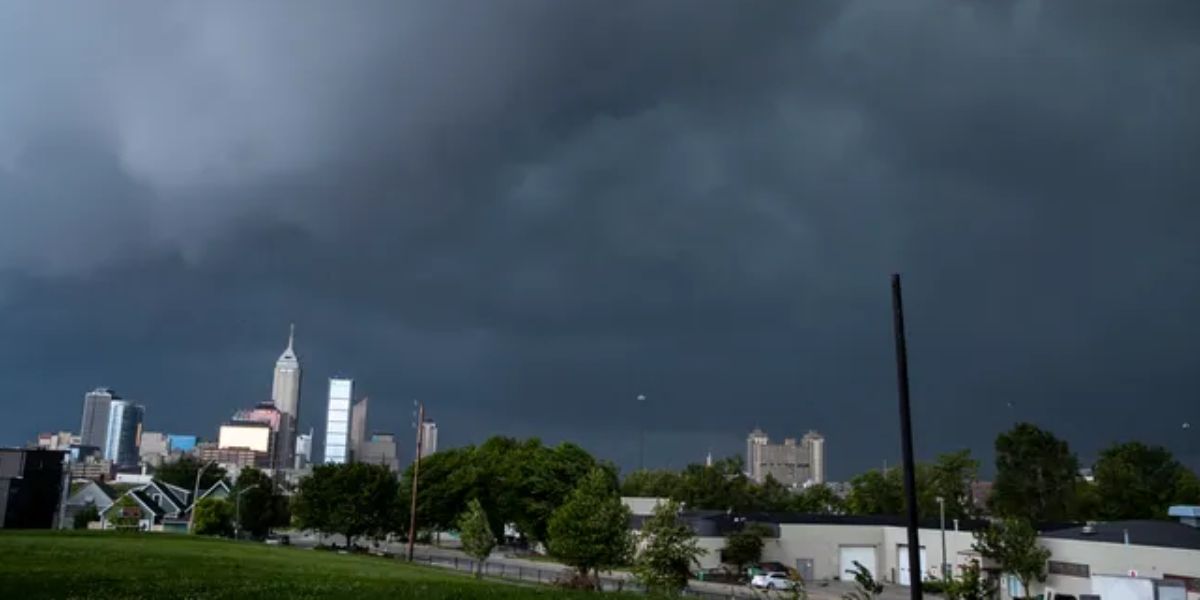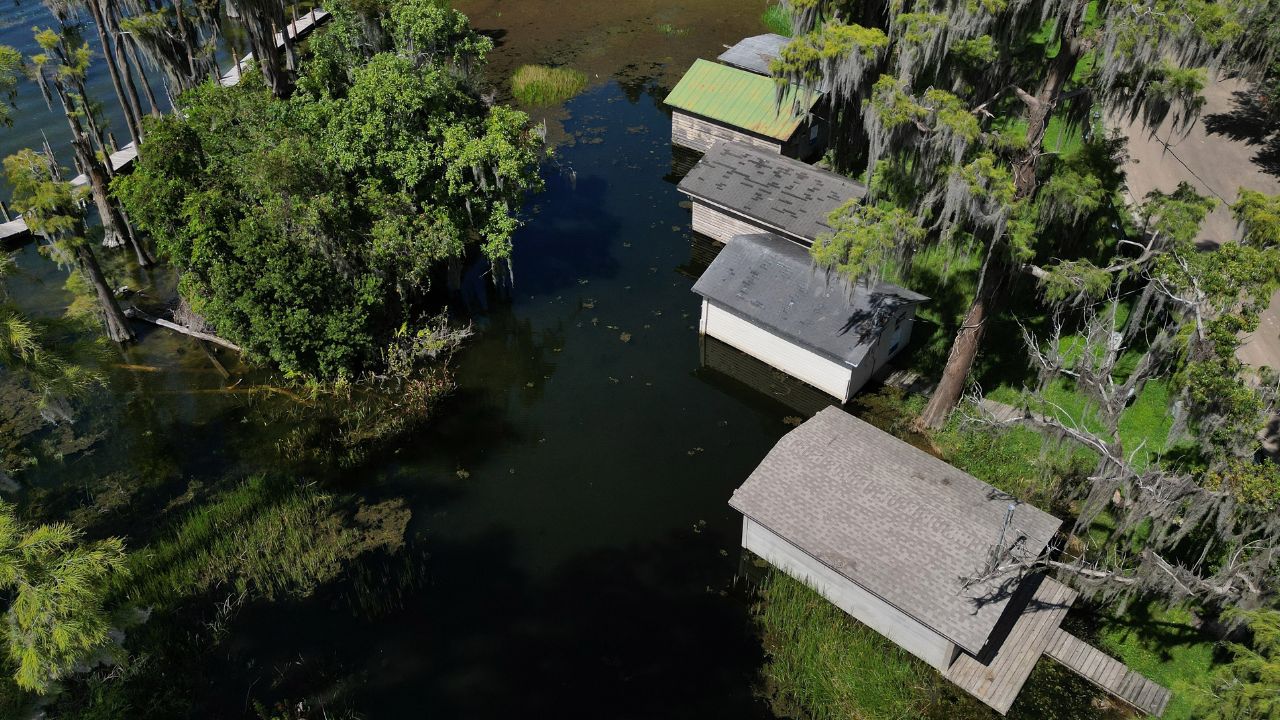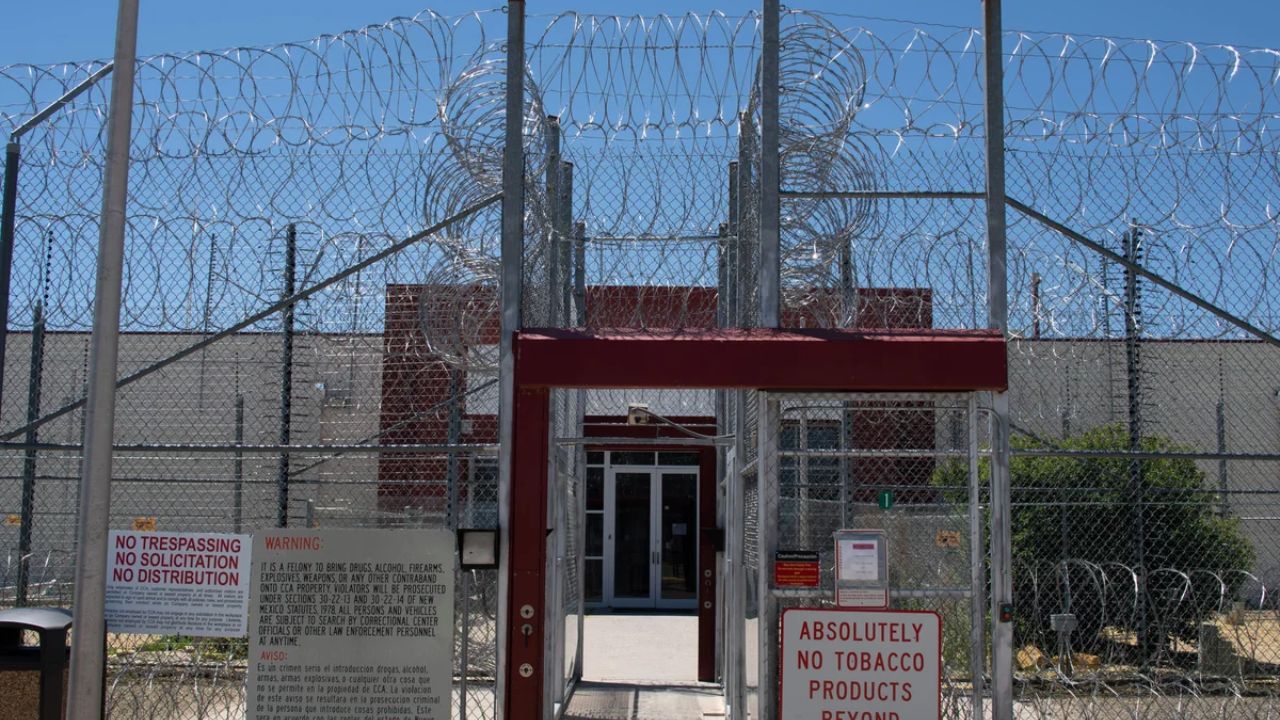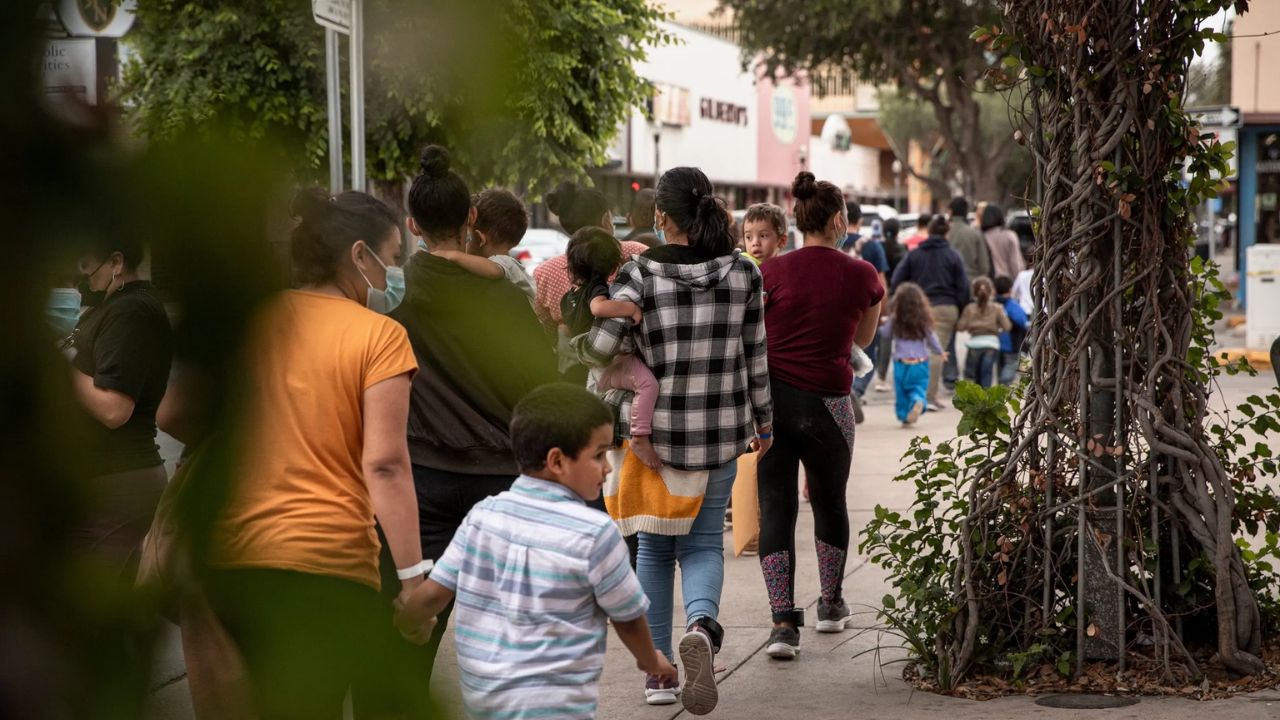As a mesoscale convective system forms and moves east-southeast, a sizable portion of the Midwest and Great Lakes region might see the emergence of severe thunderstorms over the course of the following day, bringing with it damaging winds, hail, and even a few tornadoes.
A four-state area has been classified as having a minor, or Level 2 of 5, risk of severe storms by NOAA’s Storm Prediction Center. This classification could be raised if forecasters predict a more widespread severe weather outbreak in the near future.
The likelihood of organized severe storms increases from four states to almost twelve as the convective system is predicted to move eastward after forming, putting cities like Des Moines, Chicago, and Indianapolis in its possible path.
How long the storm complex may persist is a crucial concern, according to forecasts, with towns around the original formation point anticipated to be most at risk.
The system would qualify as a derecho if it continues to be strong and moves over 250 miles while generating a destructive hurricane-force wind sweep.
Less than a few derecho events take place year, making them comparatively uncommon. Based on NOAA historical statistics, around 70% of derechos occur between May and August.
The northern or western edge of a powerful ridge of high pressure over the middle of the nation is frequently followed by these occurrences.
In the summer of 2020, the Midwest was hit by one of the most destructive derechos in history. Wind gusts of up to 140 mph were recorded during the event, resulting in damage exceeding $7.5 billion across multiple states.
Read Also: High Pressure Keeps Coastal Empire Dry and Sizzling Through Monday
Even while some areas might not see the structured storm complex, particularly those on the eastern end of the hazard zone, there will probably be enough latent instability for more isolated showers and thunderstorms to form in the future.
Cities like Detroit, Erie, Cleveland, and Fort Wayne would probably be included.
In contrast to the more coordinated, destructive complex of storms anticipated earlier in the day, the later storms would primarily provide heavy rain and be more solitary.
Residents in the risk region were encouraged by forecasters to keep a careful eye on the weather forecast since, in anticipation of the bigger storms, actions like avoiding windows and looking for a sturdy building might be required.








